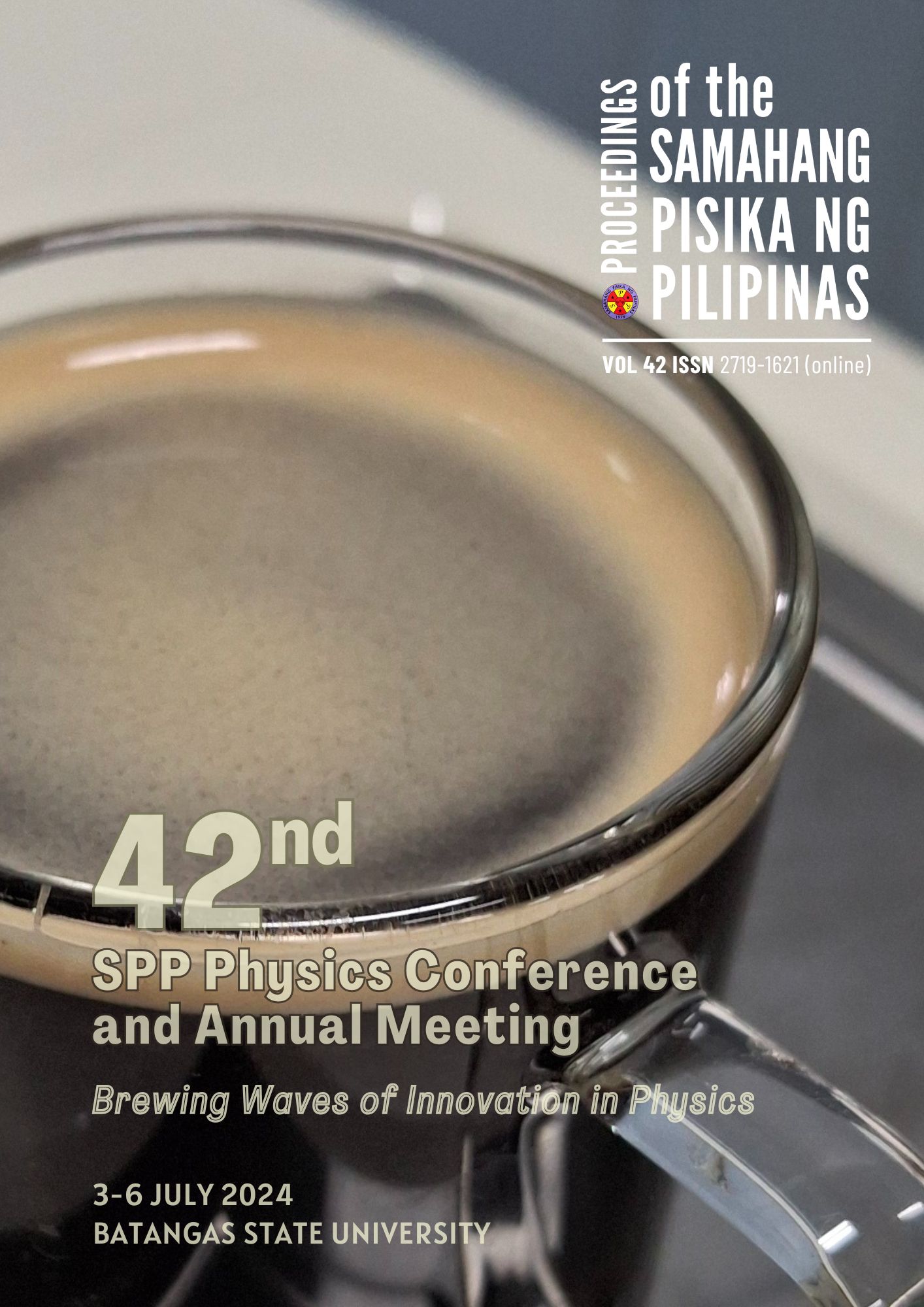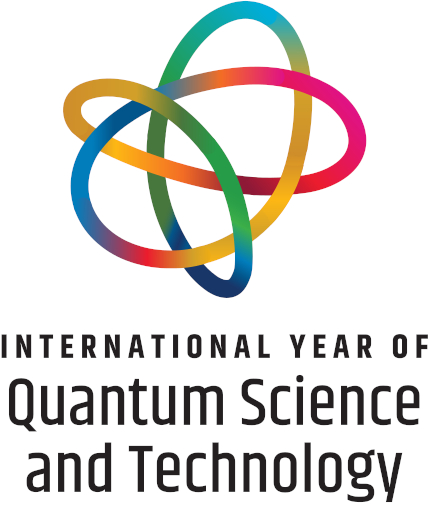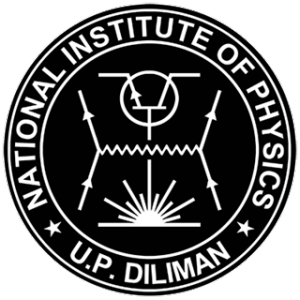Alzheimer's disease detection using orthogonal matching pursuit and k-nearest neighbors classifier on EEG signals
Abstract
The possible use of electroencephalography (EEG) signal as biomarker for detecting Alzheimer's disease (AD) and determining its severity is already known. EEG signals from a Florida State University study dataset were decomposed using orthogonal matching pursuit algorithm and subsequently applied k-nearest neighbors classifier. Obtained mean accuracy, sensitivity, specificity, and area under the receiver operating characteristic curve indicate that EEG signal processing can be used for screening and detecting AD in humans.
Downloads
Issue
Brewing waves of innovation and discovery in Physics
3-6 July 2024, Batangas State University, Pablo Borbon Campus
Please visit the SPP2024 activity webpage for more information on this year's Physics Congress.
SPP2024 Conference Organizers
SPP2024 Editorial Board
SPP2024 Partners and Sponsors











